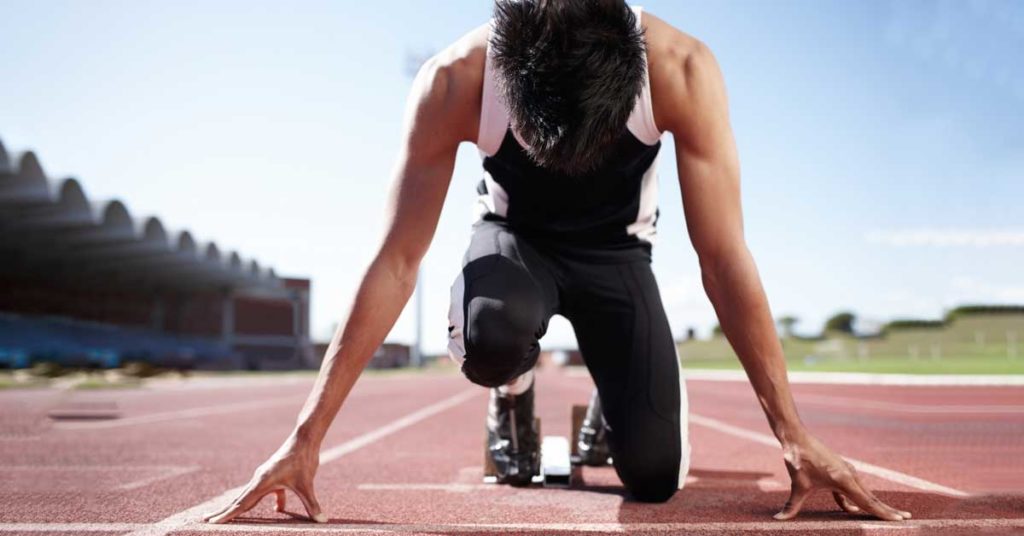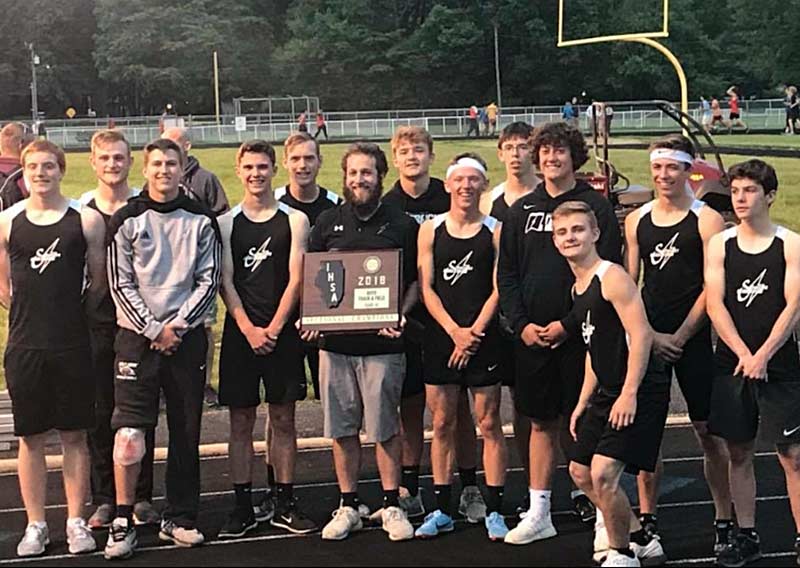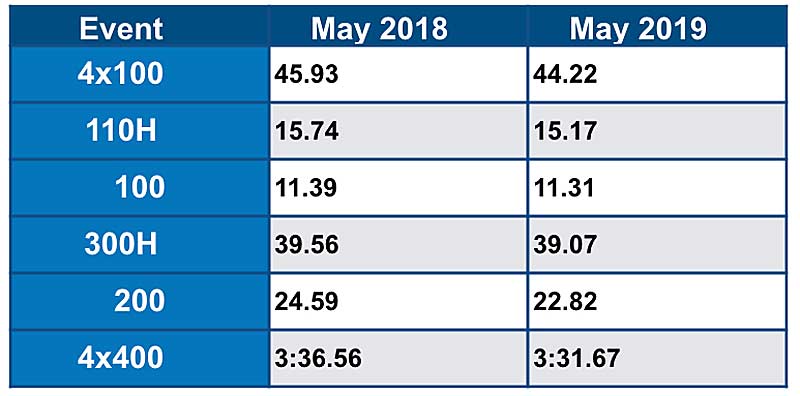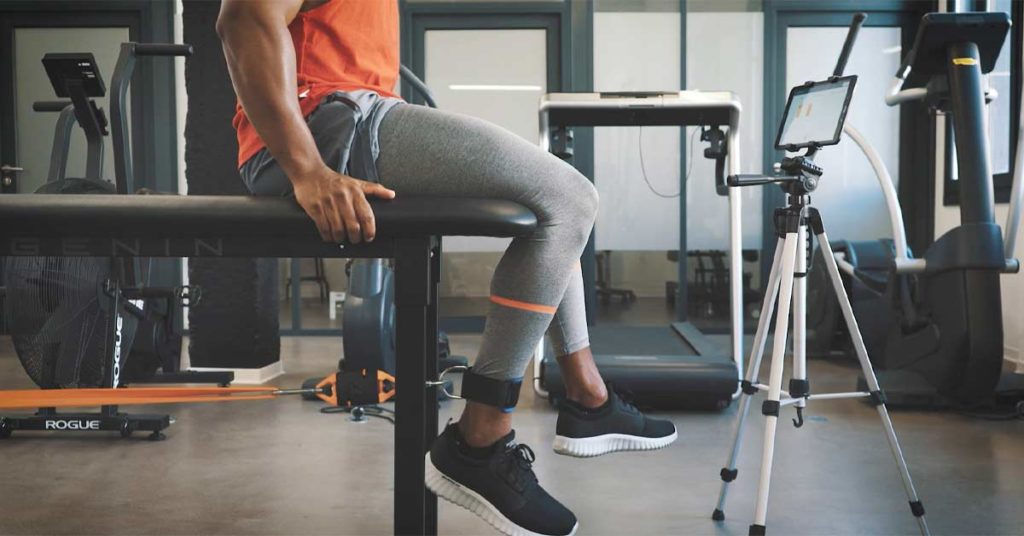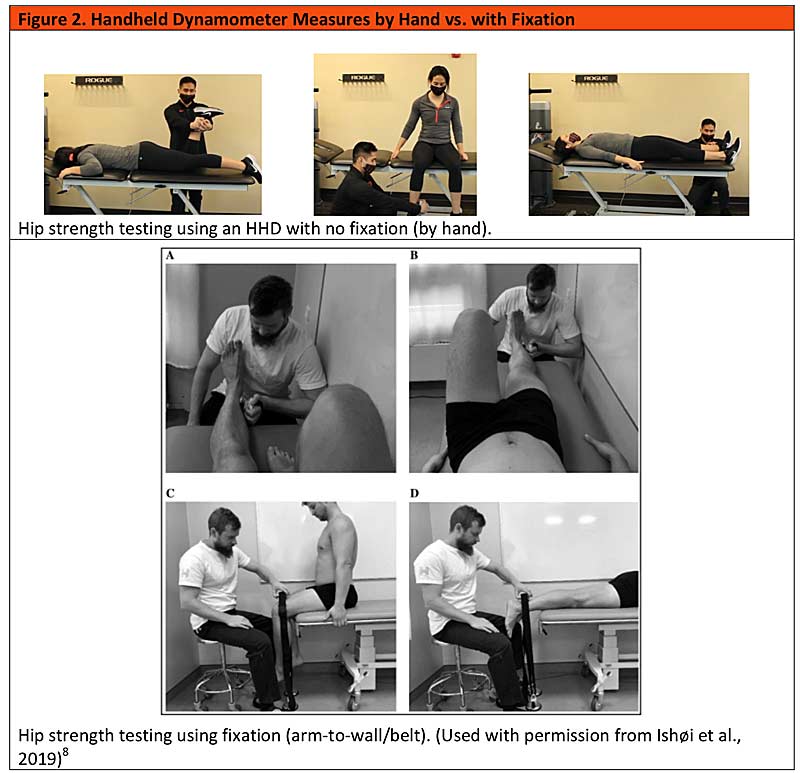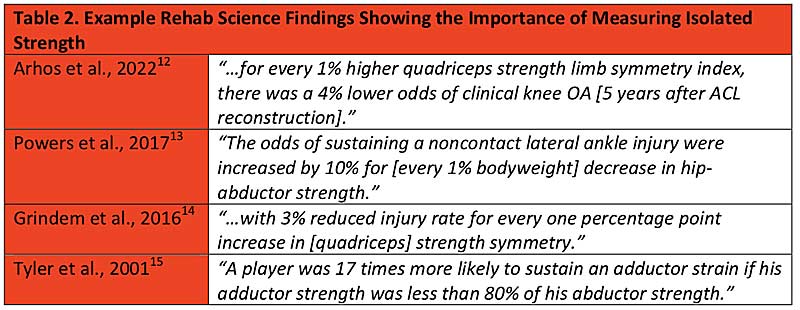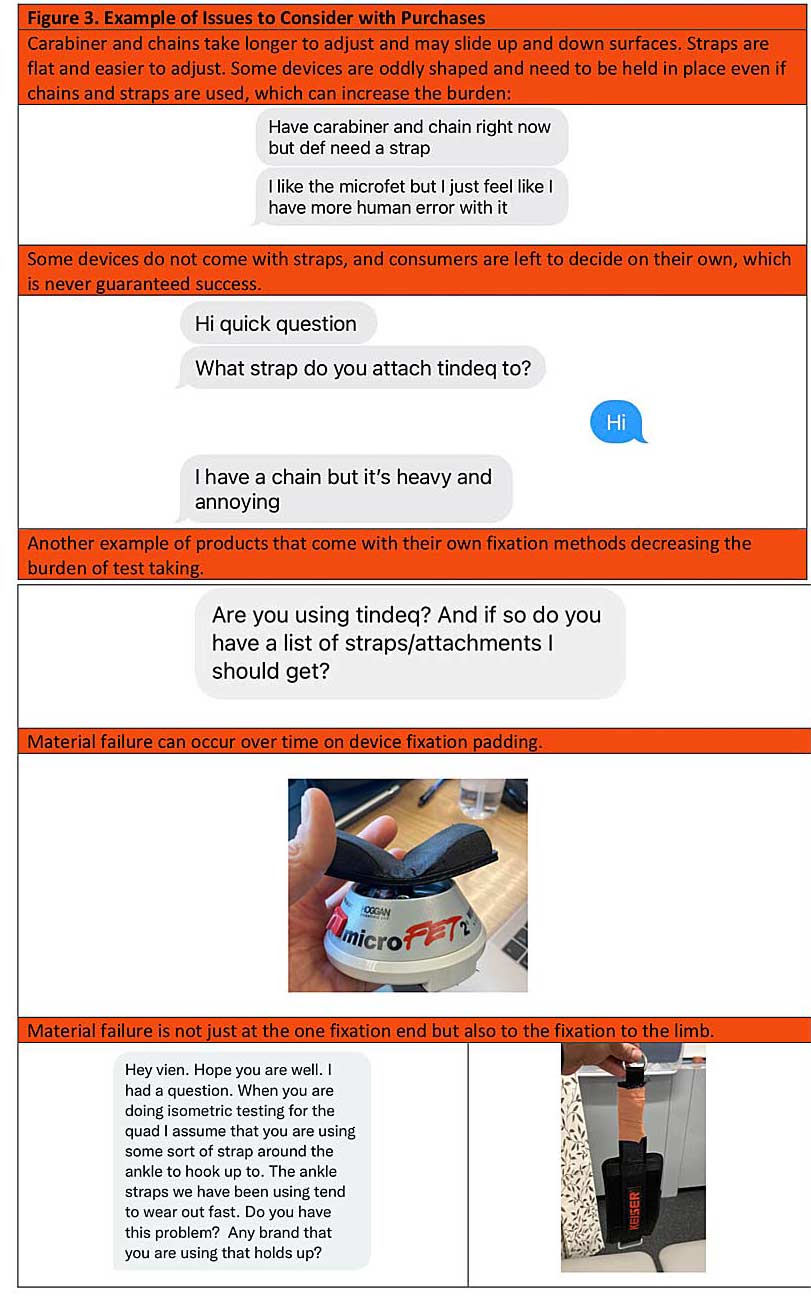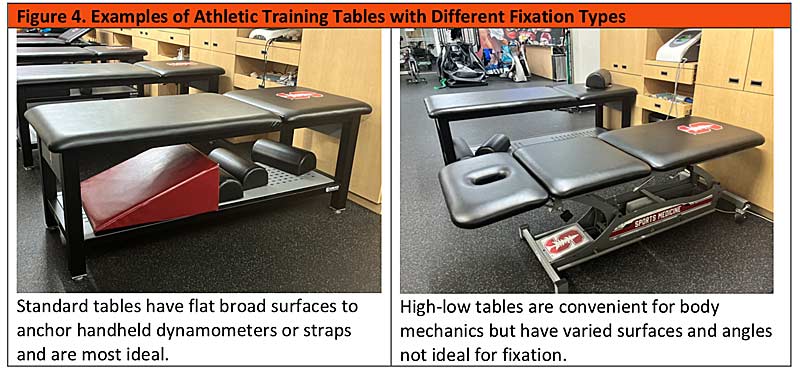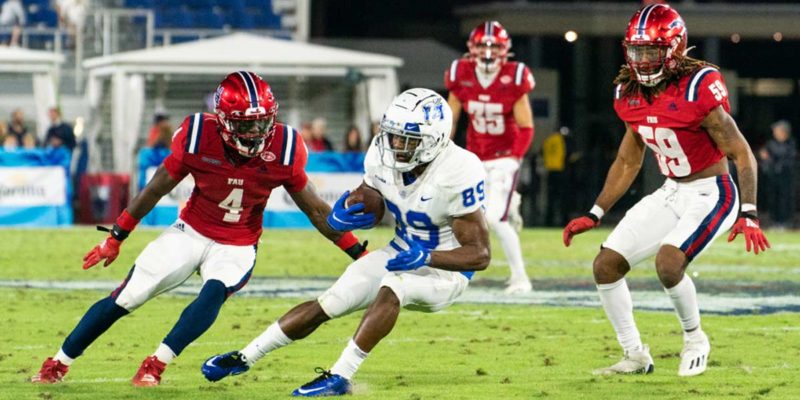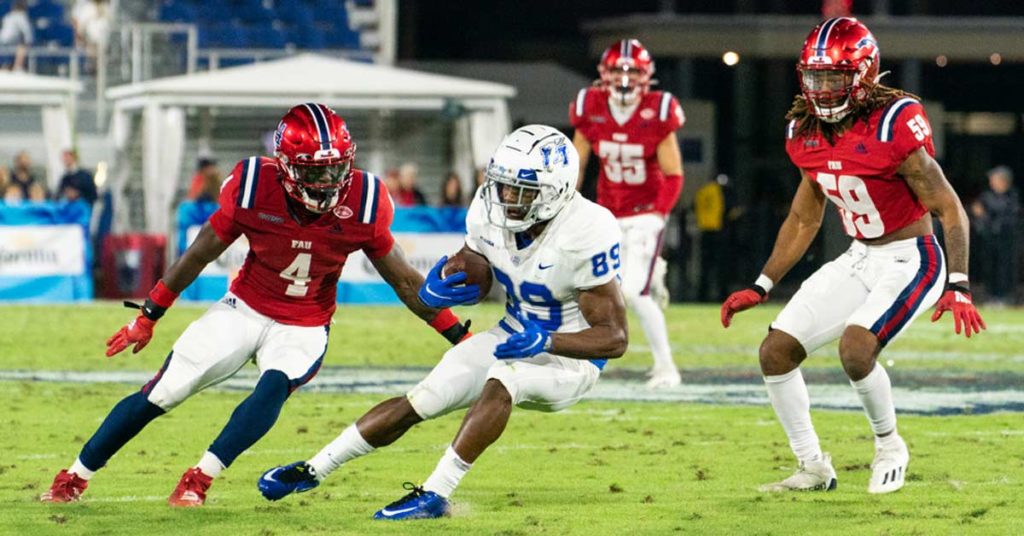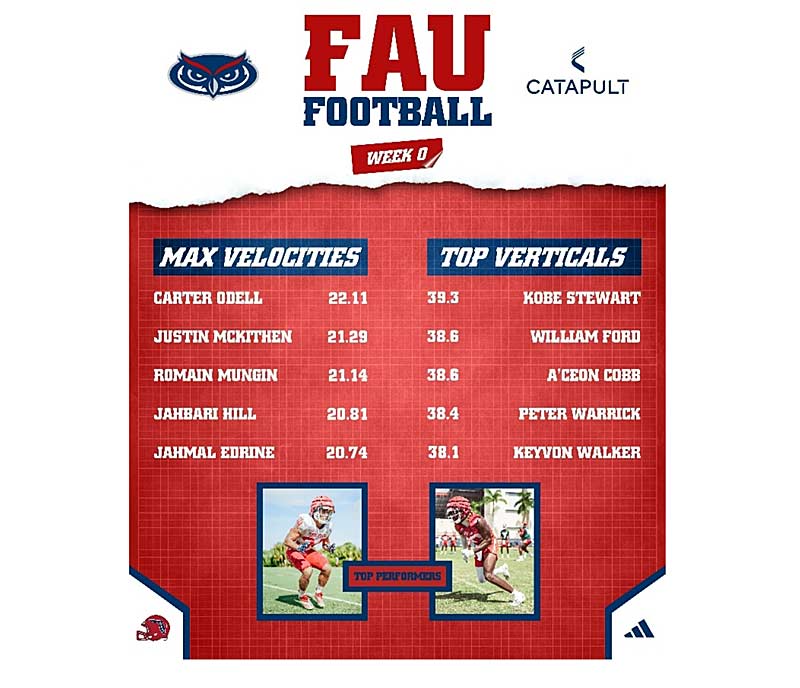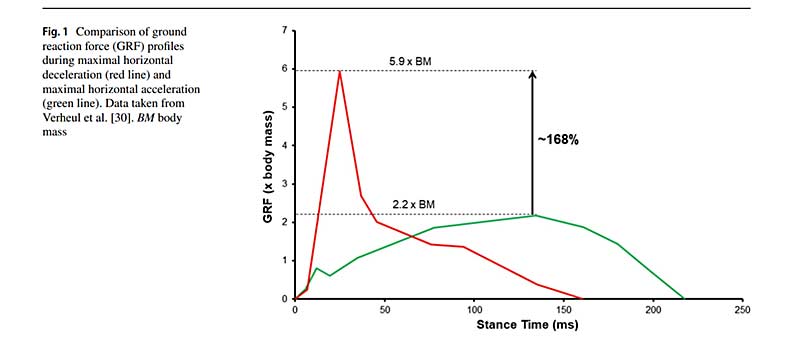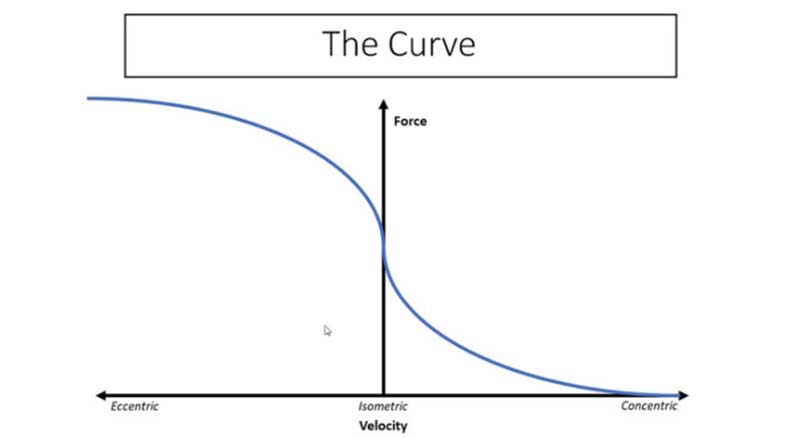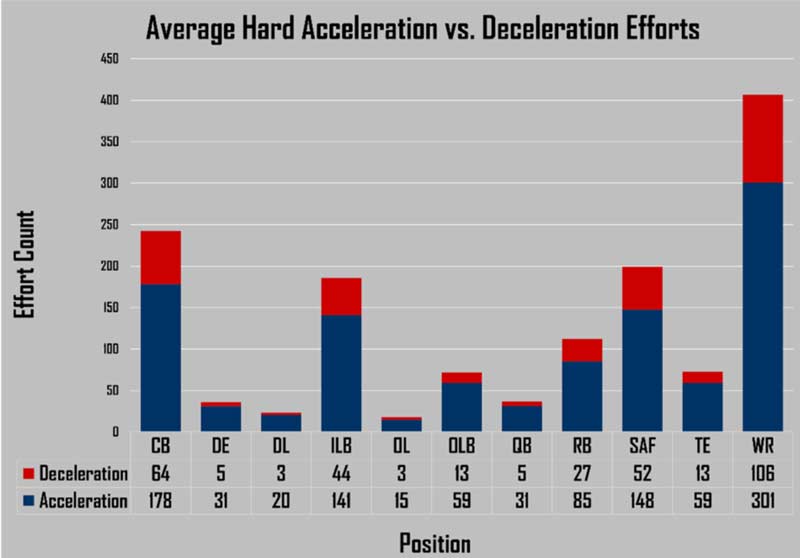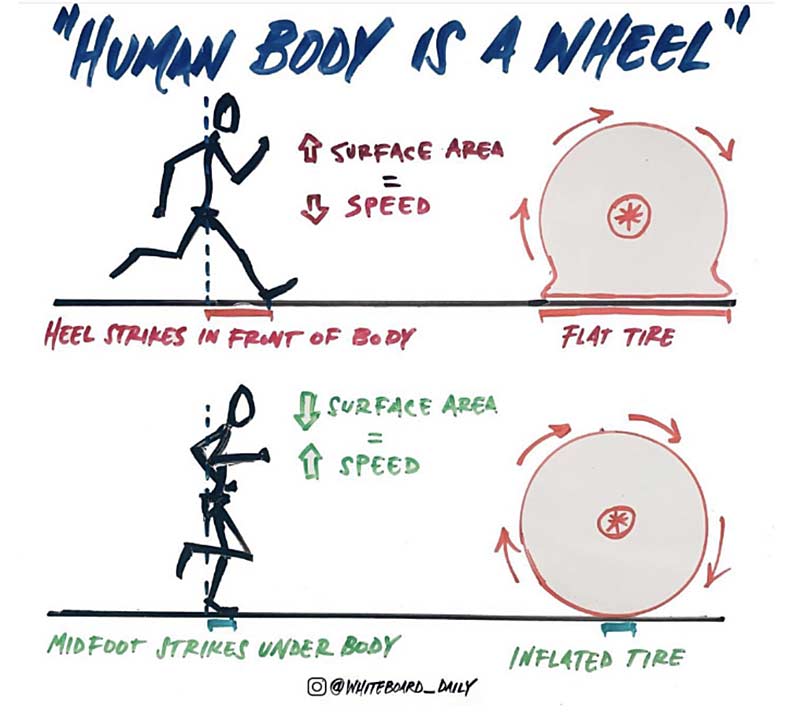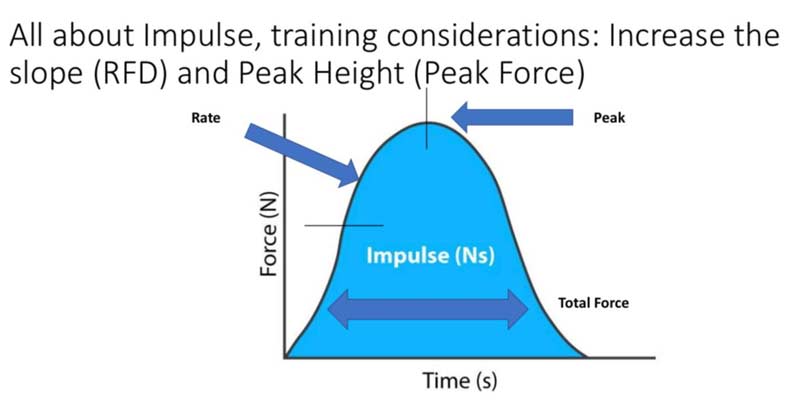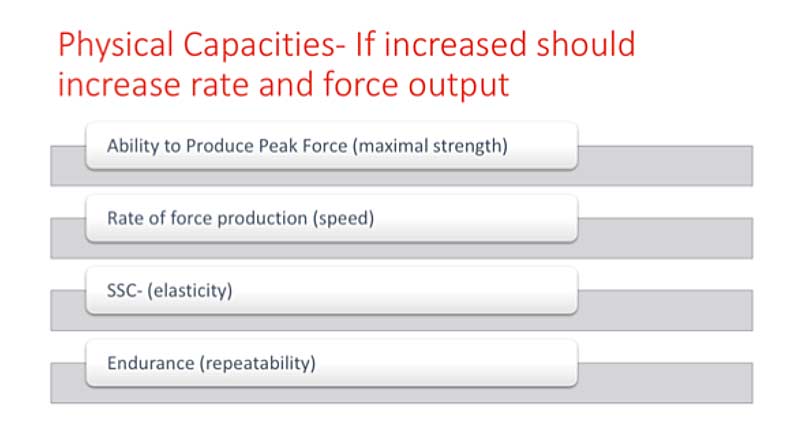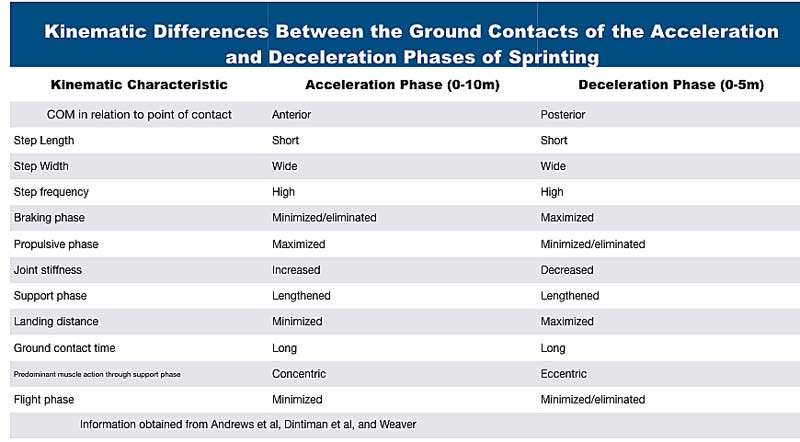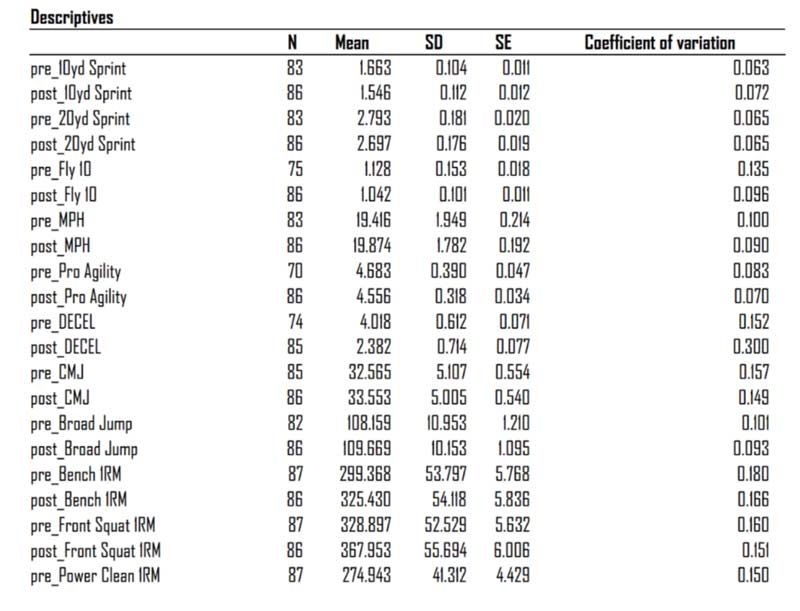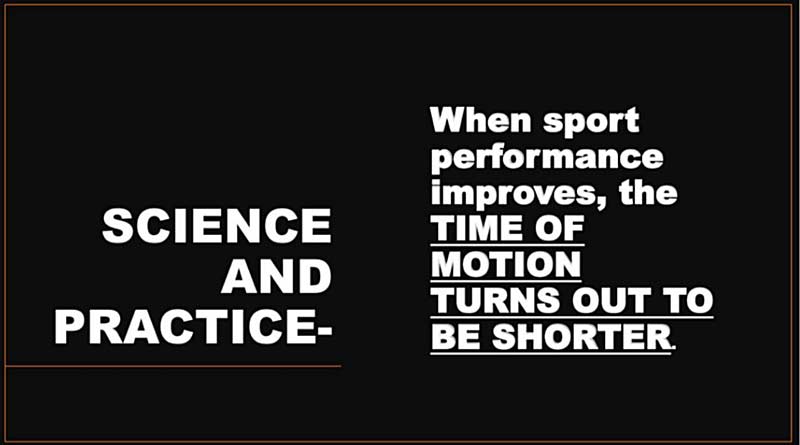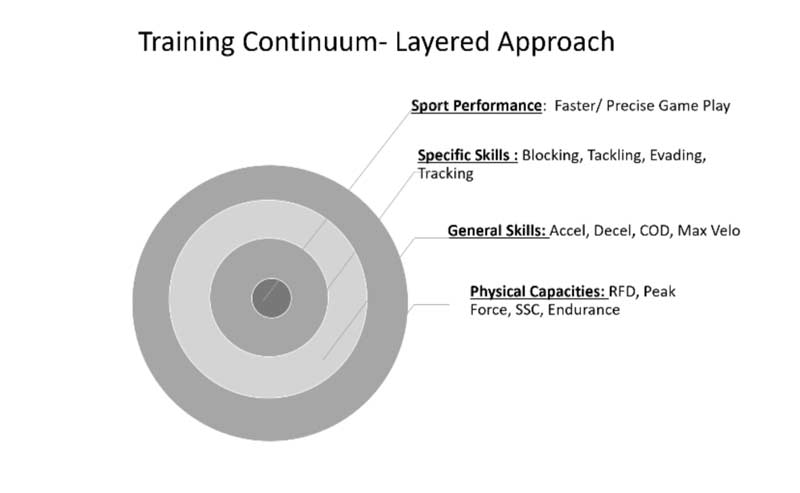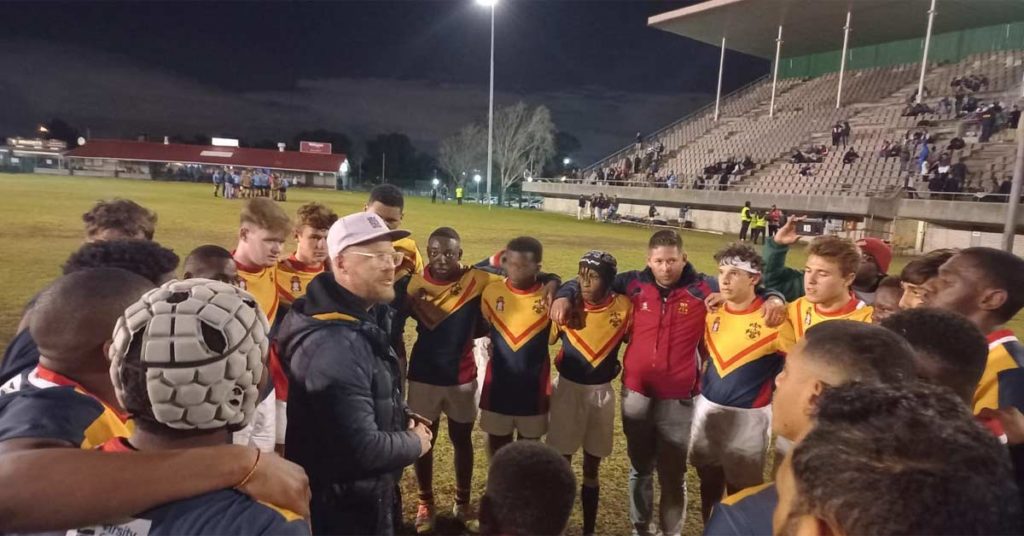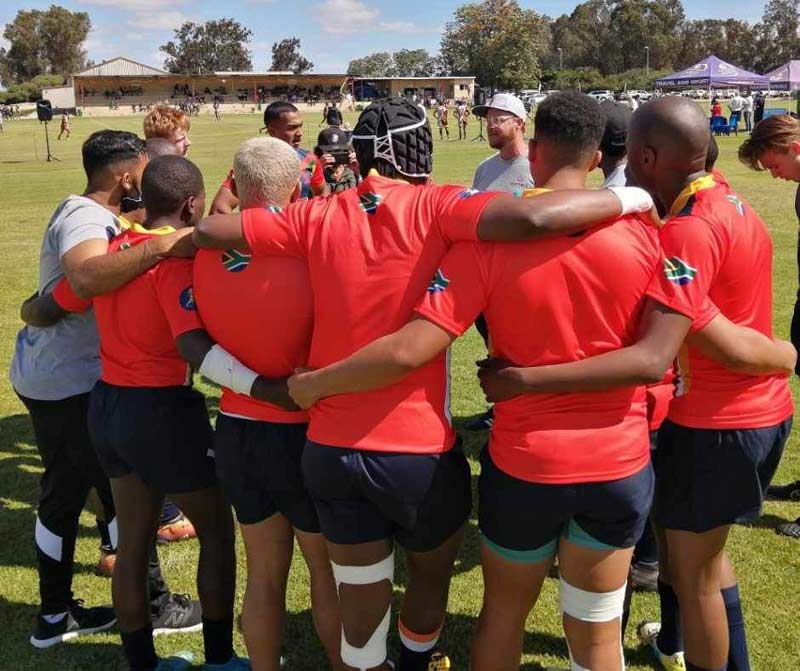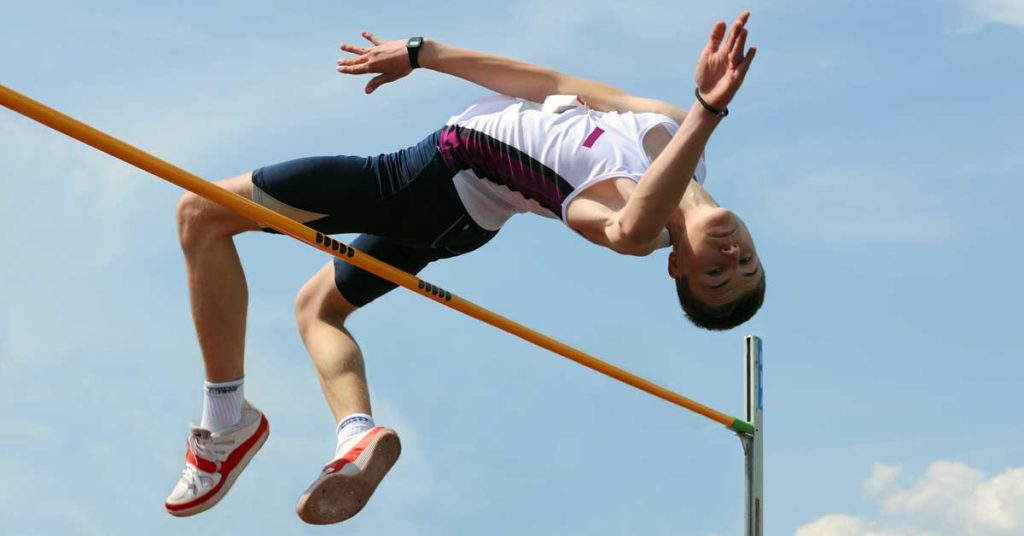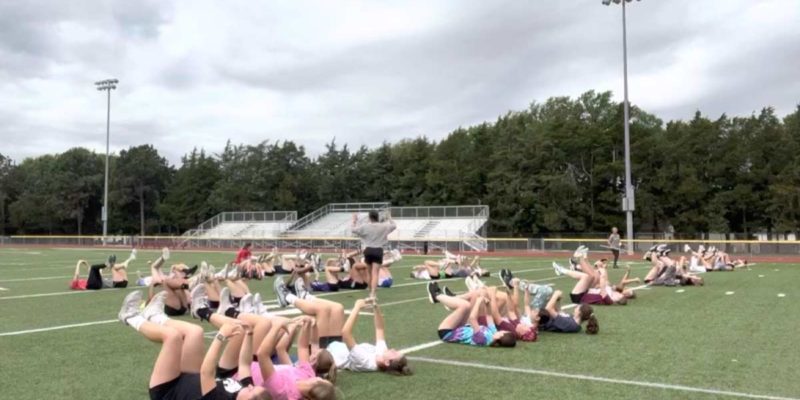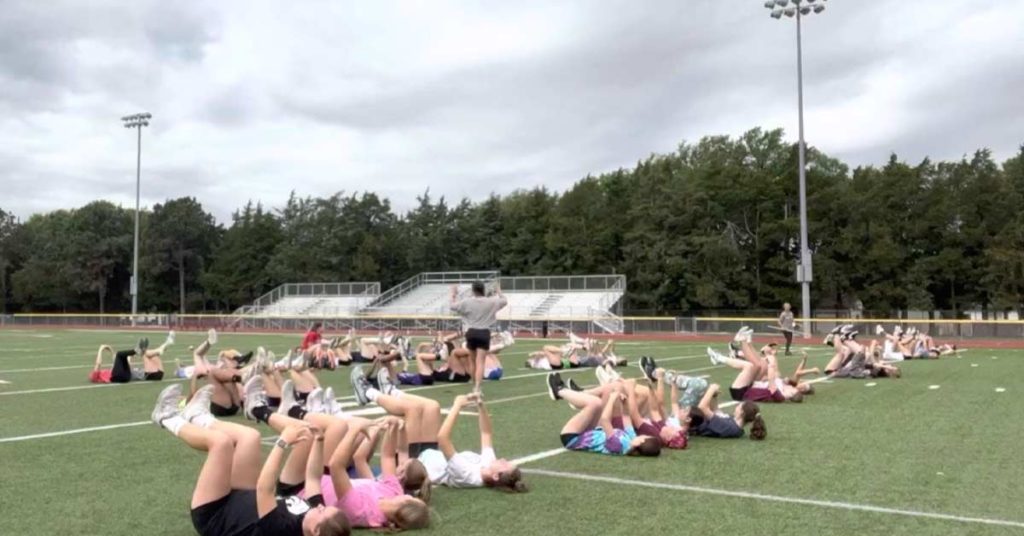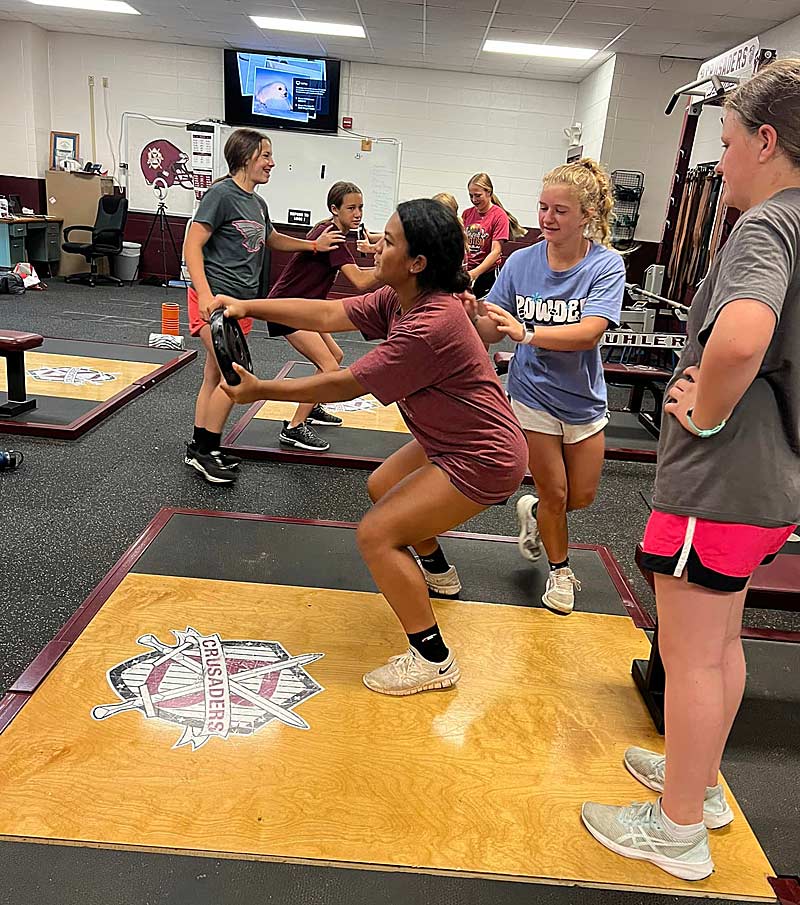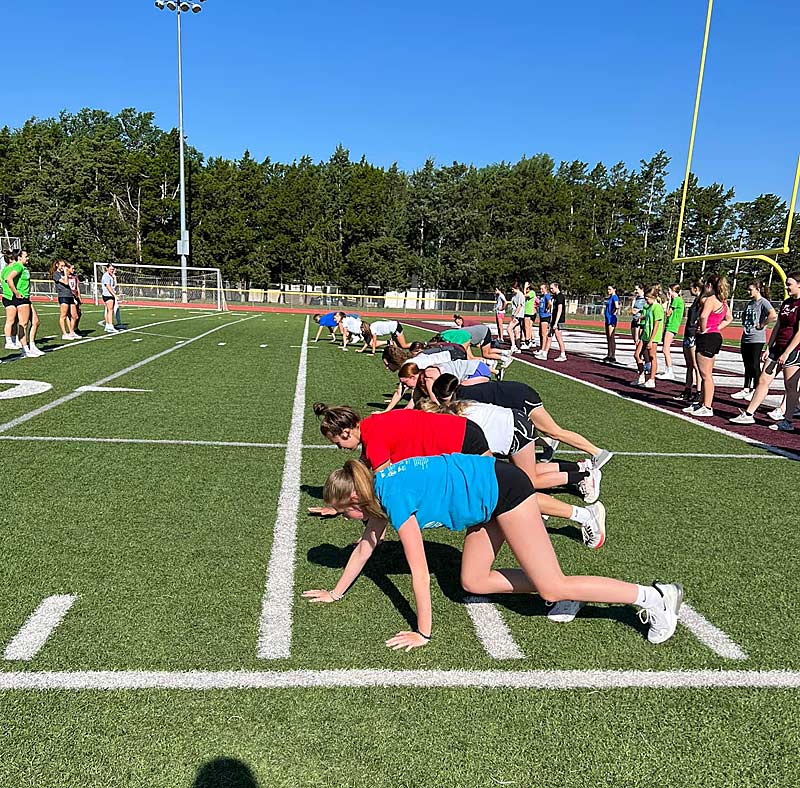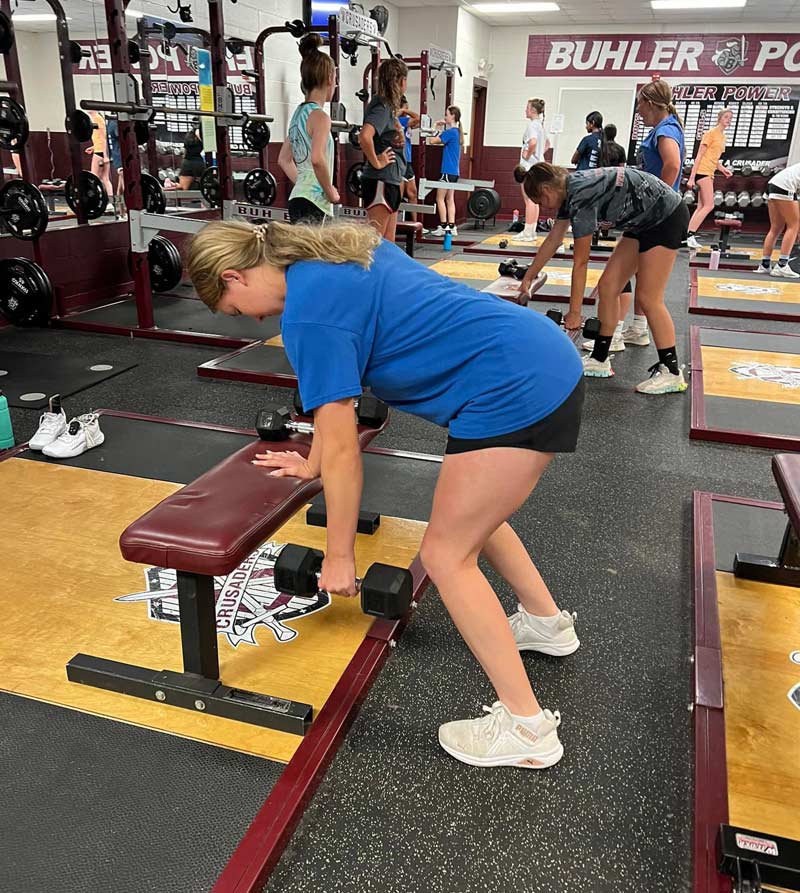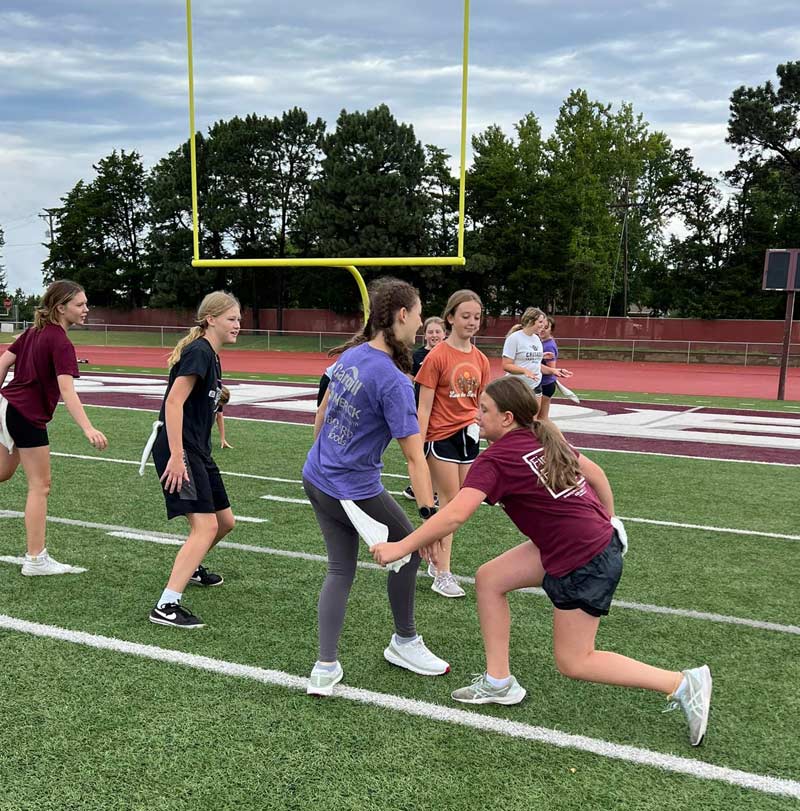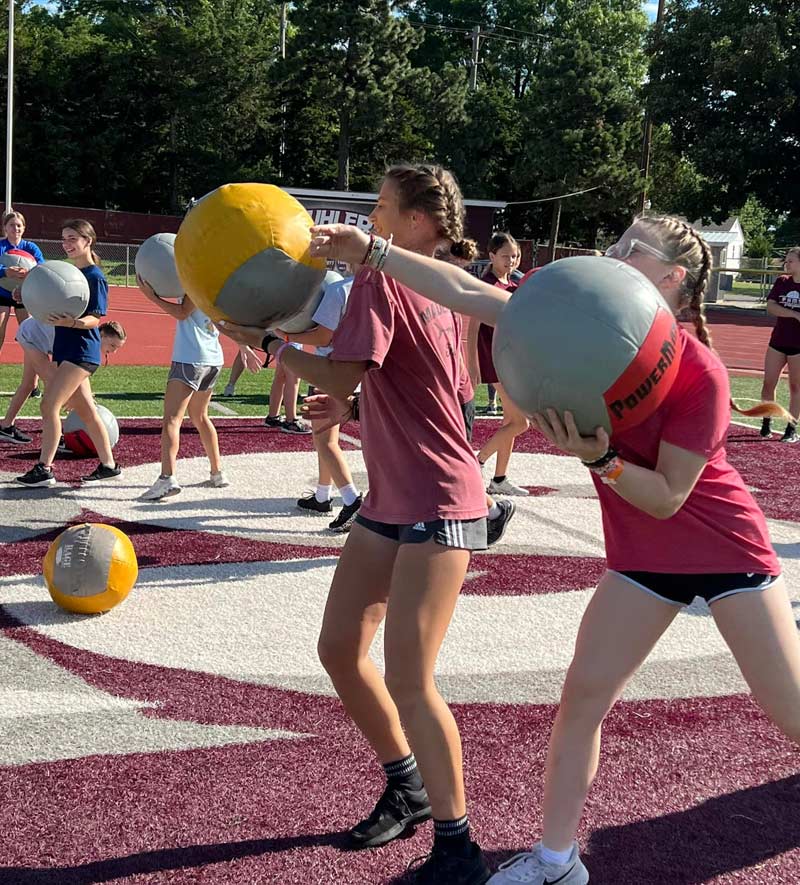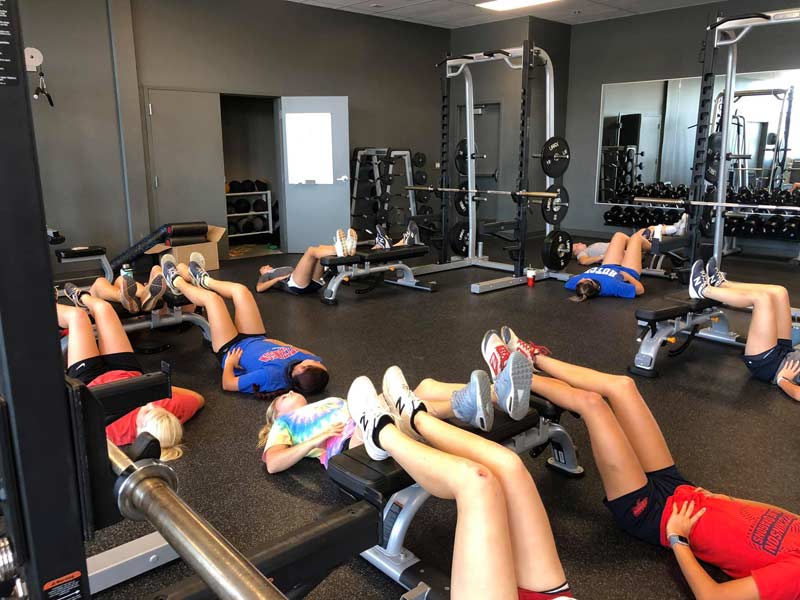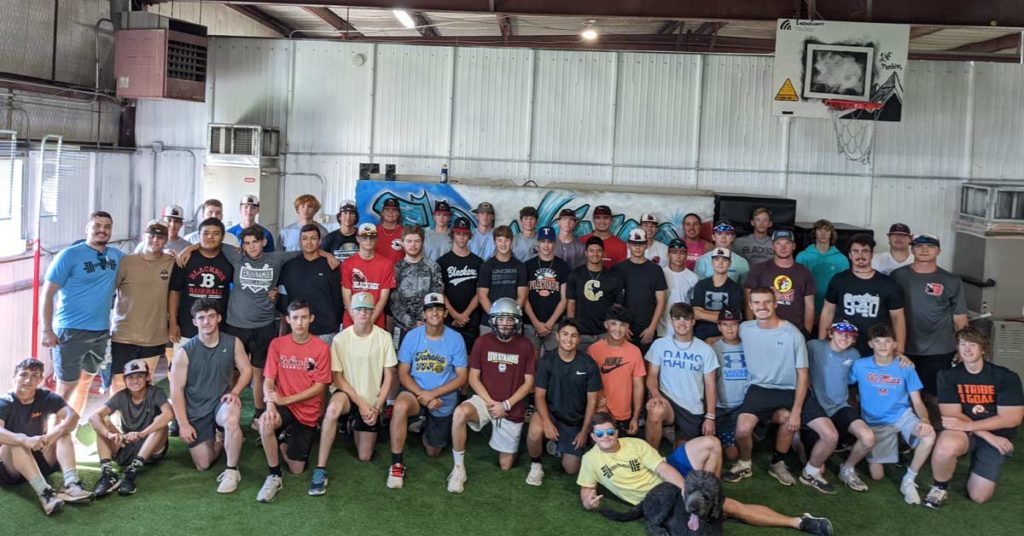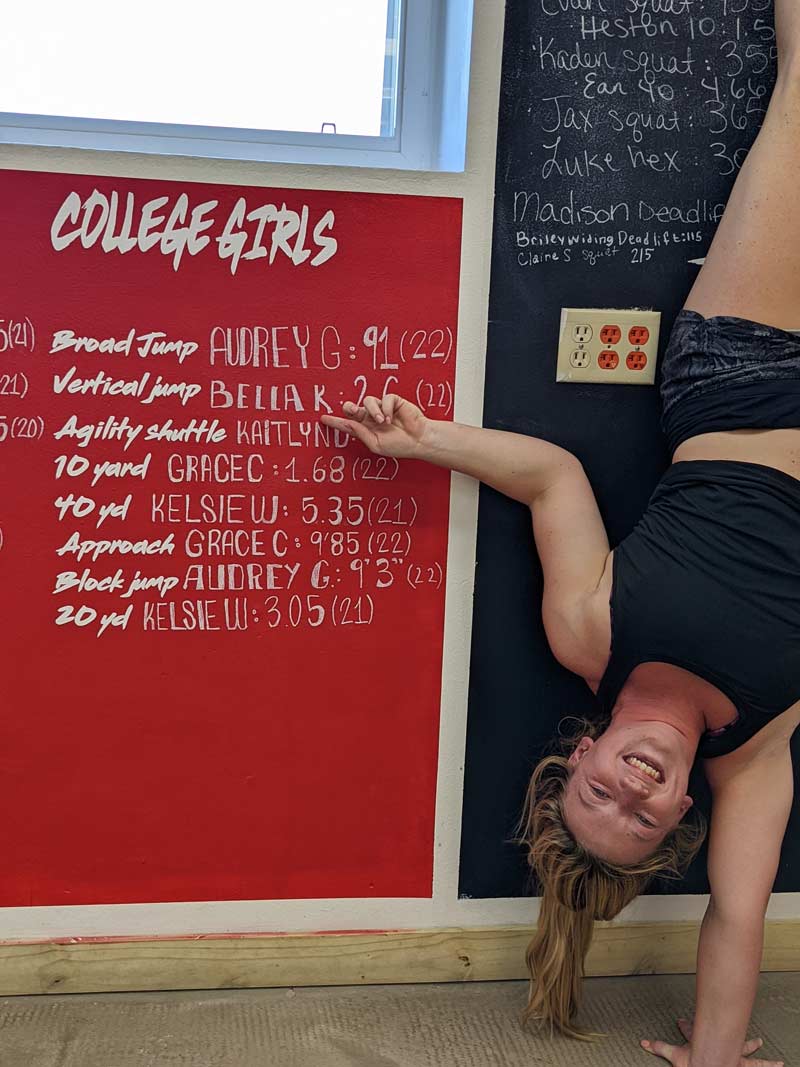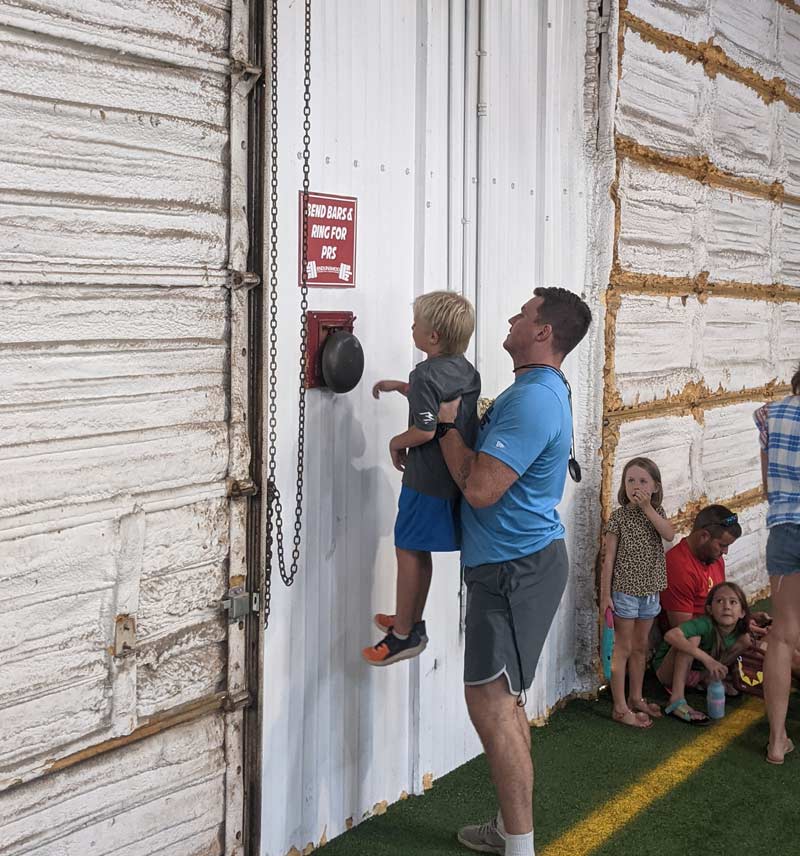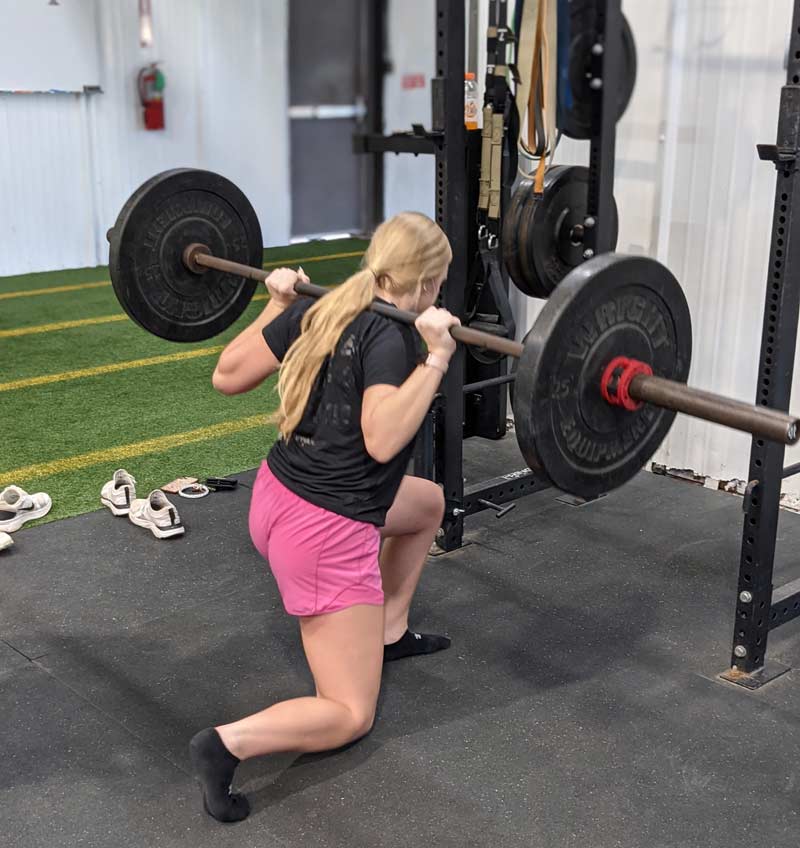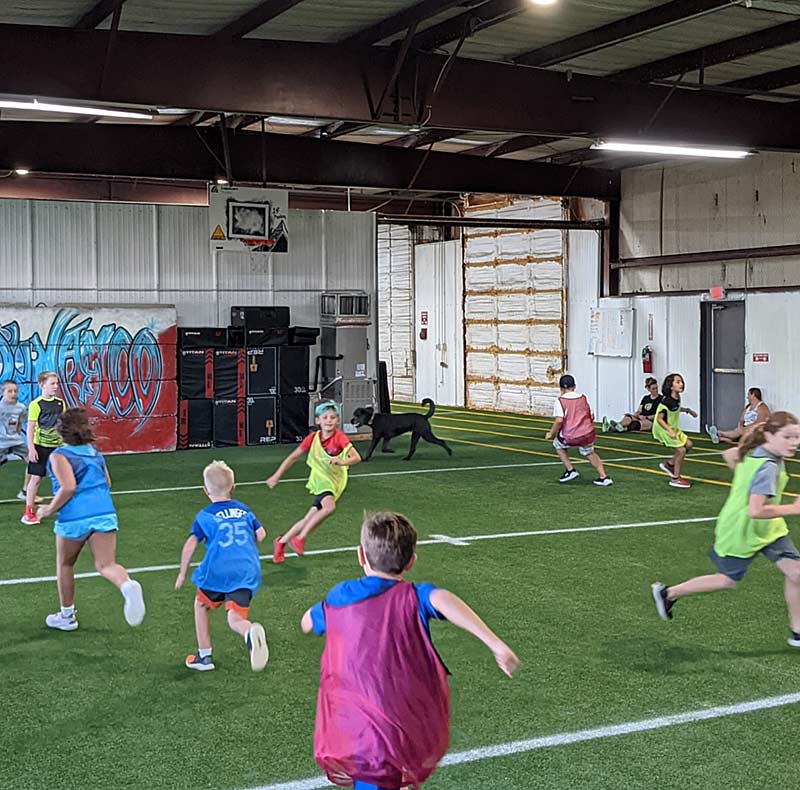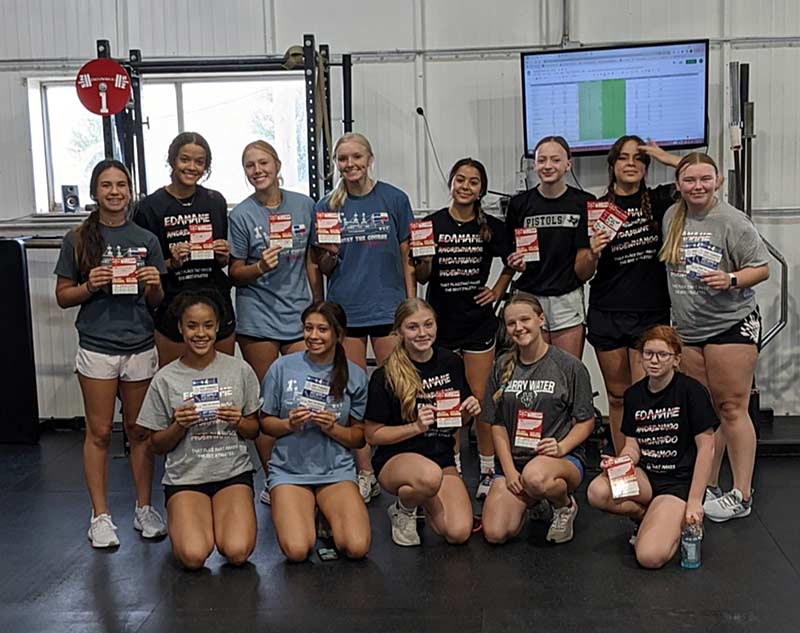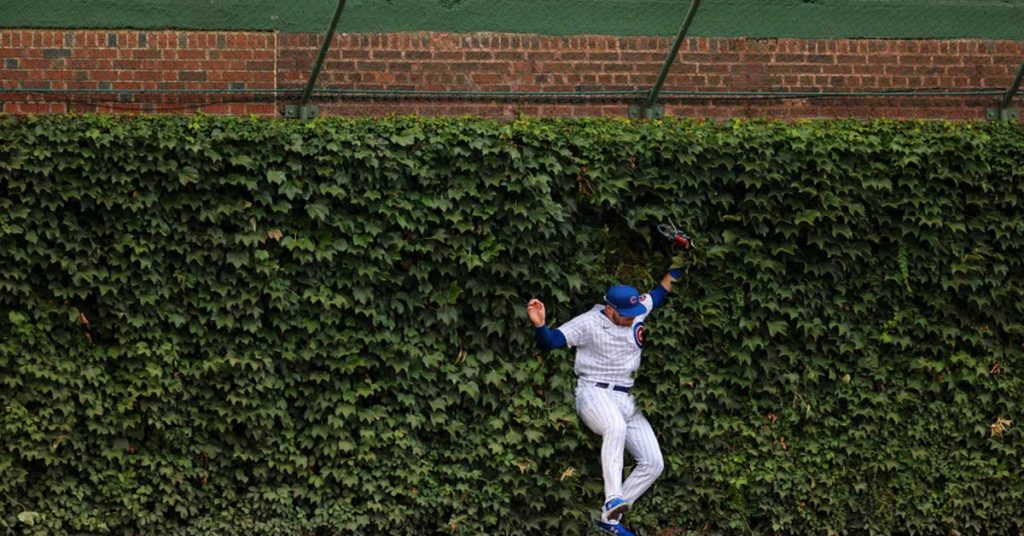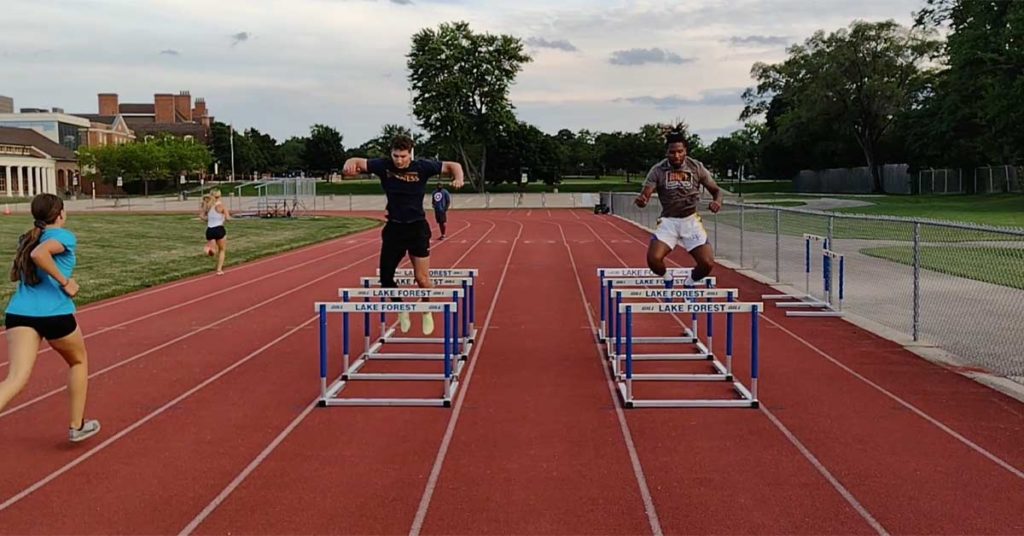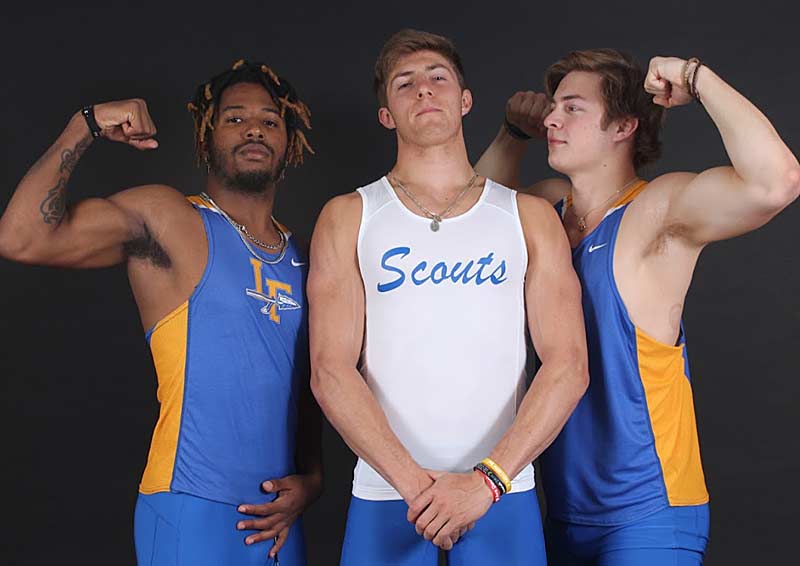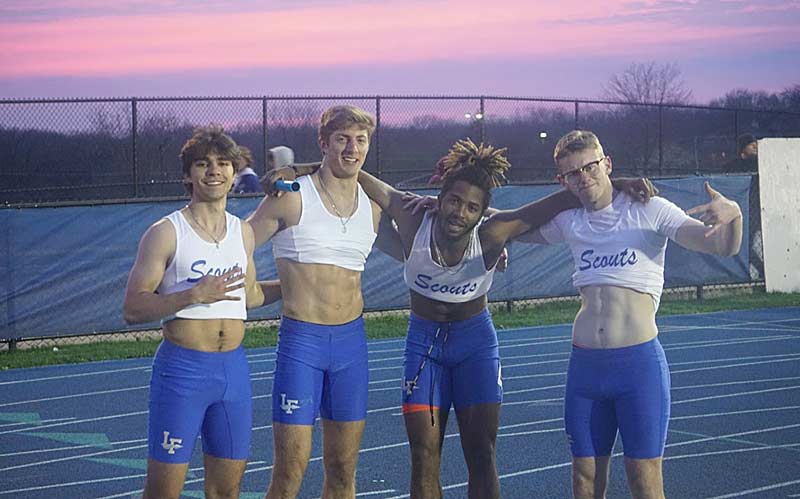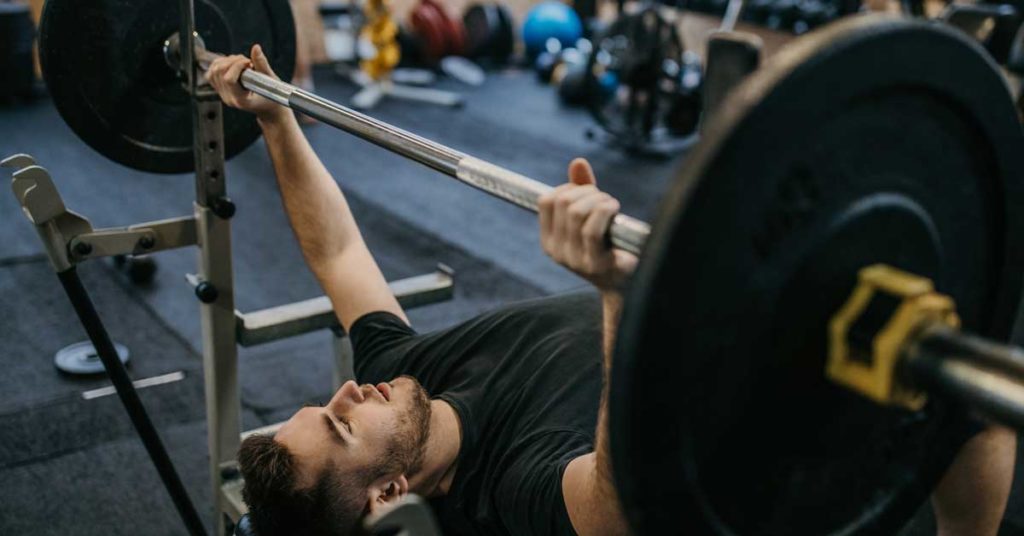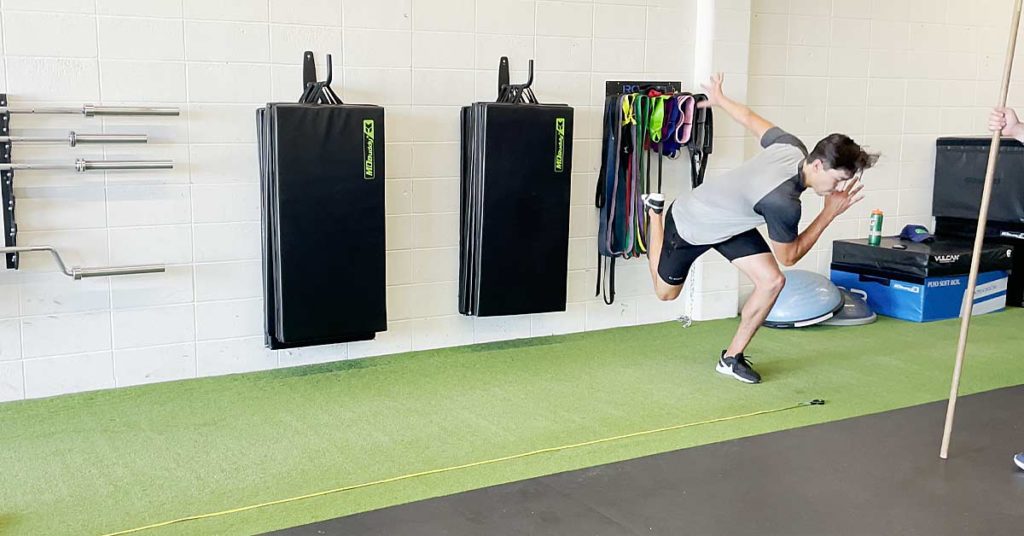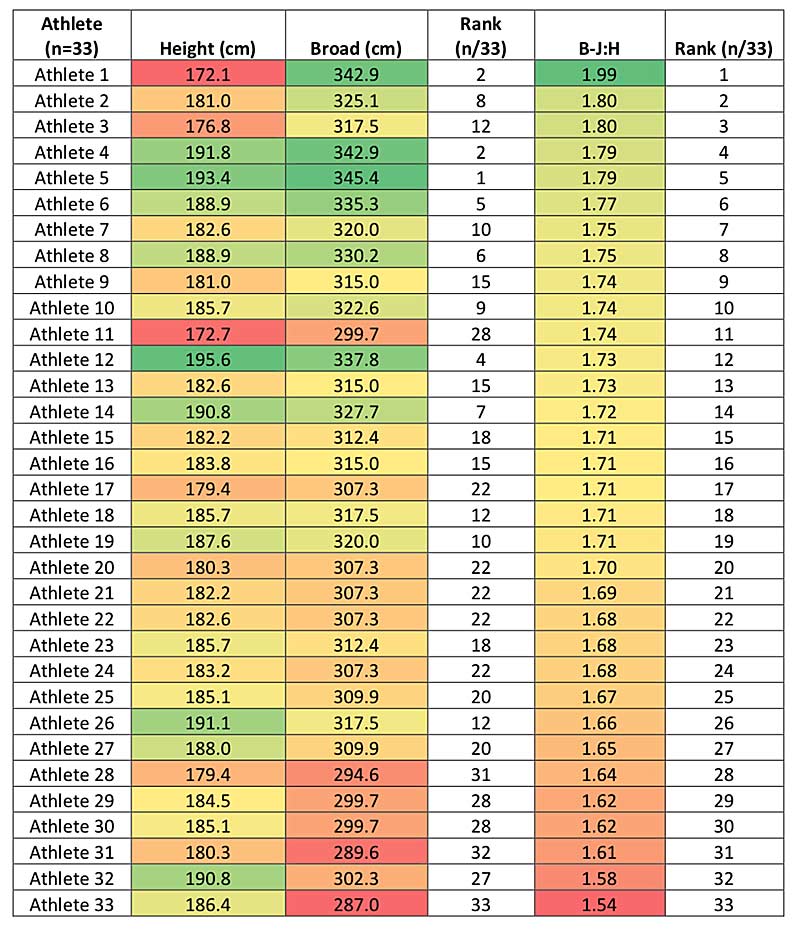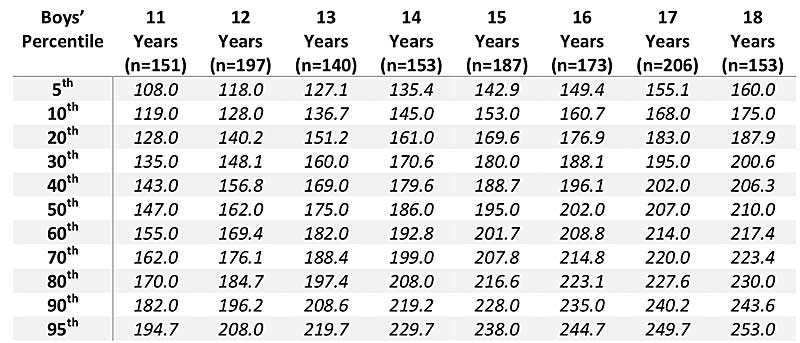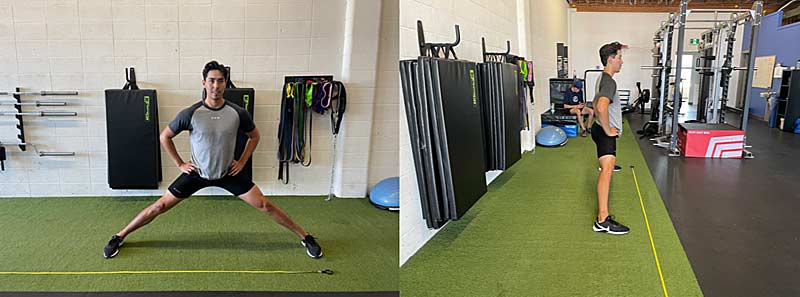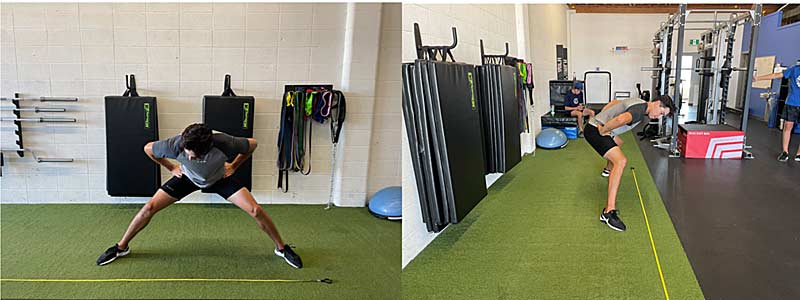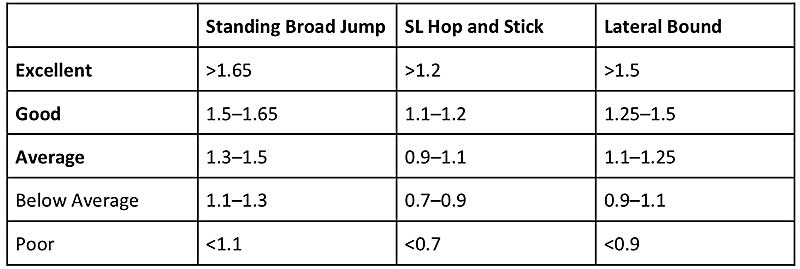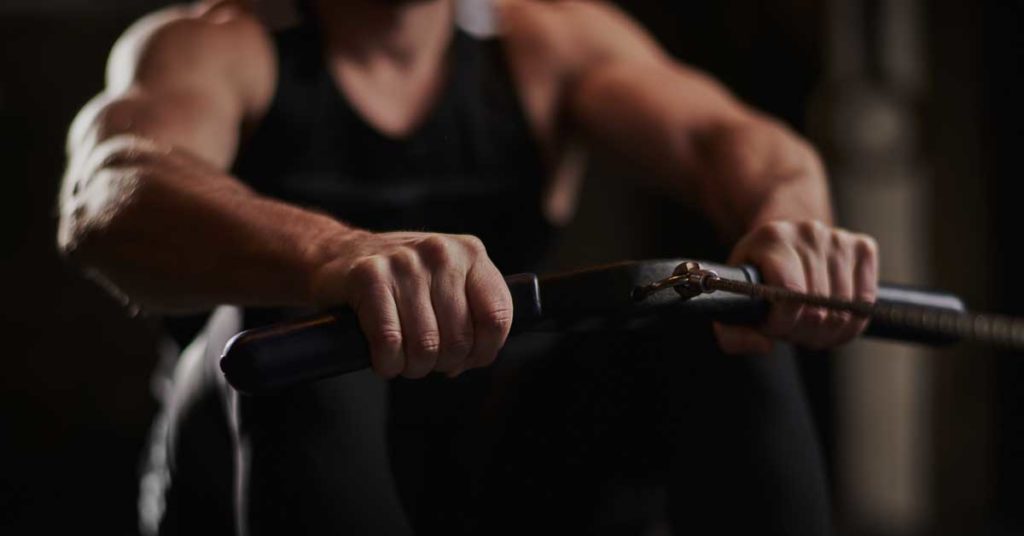
When a soldier in the Army has an injury and receives a permanent profile limiting them from performing the 2-mile run in the Army Combat Fitness Test (ACFT), one of the alternatives is the 5k Rower Aerobic Test. Unfortunately, the 5k Row and other alternative aerobic tests (12k Bike, 1k Swim, 2.5-mile Walk) are only Pass/Fail, with the soldiers receiving 60 or 0 points added to their total score (out of 600), depending on whether they complete the distance in under the specified time, factoring in gender and age (30:20–35:48, respectively, for the 5k Row). Therefore, it is imperative that anyone performing these alternative events trains smartly and consistently to ensure a passing mark—the soldiers must pass all six events to pass the entire ACFT.
The alternative aerobic tests aren’t particularly hard and are easily achievable, as long as the soldiers execute consistent training before conducting the test. The 5k Row requires about a <6-minute/1k pace to pass—or about a <3-minute/500-meter split—as most stationary rower screens measure by the latter. For reference, that’s about 2.78 meters per second.
These workouts and methods are also useful for anyone who trains with a rower; athletes can also use them to improve aerobic and anaerobic endurance, says @Mccharles187. Share on XThis article will provide four rower workout options, ranging from aerobic to anaerobic, using max aerobic speed training (MAS) to help soldiers on a permanent profile be able to pass the 5k Row. While mainly focusing on soldiers who can’t run due to an injury or permanent profile, these workouts and methods are also useful for anyone who trains with a rower, which can be a great alternative if you’re unable to run outside due to weather or other reasons. Athletes can also use these workouts if they need some rower workout options to improve aerobic and anaerobic endurance. They can be used as part of a rehab program to give return-to-play athletes some non-impact conditioning options.
I used the Concept2 Rower as the equipment for these workouts, which the Army accepts for the 5k Row test. Follow the instructions below to find your max aerobic speed score after a 5- to 10-minute warm-up: You can learn more about MAS training here.
Rower Basics
Using a stationary rower with a computer monitor, row as far as you can in five minutes. Take the distance reached (in meters) divided by 300 seconds (equivalent to five minutes). Or use the monitor that measures your average meters per second after five minutes.
Set your resistance (ranges from 1–10) to an appropriate tension to allow for maximal pull without getting stuck.
-
- Example: 1500 meters/300 seconds = 5.0 m/s MAS score
Long Intervals (Aerobic-Focused)
This first workout is a good starting point because it has the lowest intensity prescribed and is more aerobic-/volume-focused. If you are coming off an injury and cleared to do rowing workouts by your doctor, AT, or PT, this would be a good place to start to ease you back into shape. The goal is to ease back into conditioning workouts and build your aerobic base before moving on to the more intense workouts later in this article.
Instructions: Pick a level closest to your MAS score. On the rower computer:
- Click on “Menu” and choose “Select Workout.”
- Then select “New Workout.”
- Select “Intervals,” and then select “Intervals: Time.”
- Set your intervals to the suggested times.
- Next, set your 500m split pace to the assigned pace that matches the level you are using.
- Hit “Display” until you see the pace boat to help keep you on track throughout the intervals.
Complete the intervals as assigned below. You can do this workout 1–3 times per week. After four weeks, you can either retest your MAS score, work up to the next level and start over, or move on to another workout option listed.
For example, if I’m doing level 1, my 500m split pace would be set at 3:20.
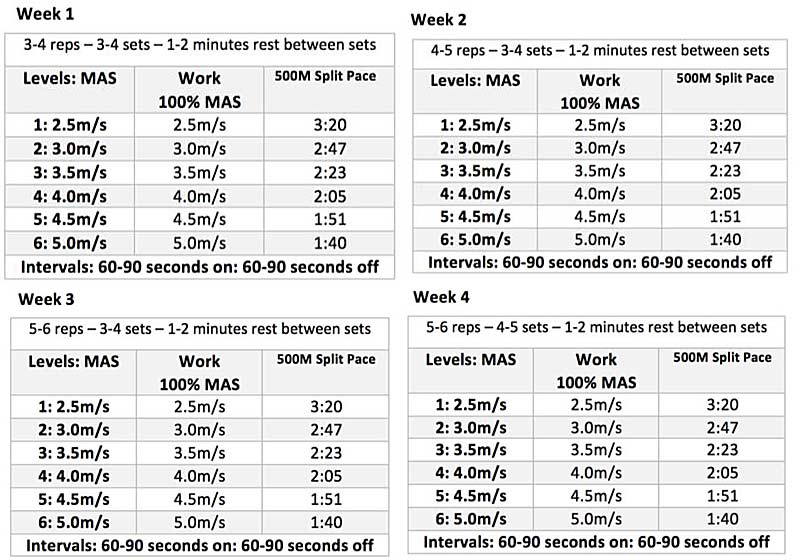
110%:70% Maximal Aerobic Grids
After completing 4–8 weeks of the long interval workouts, you can progress to the Grid workout. Initially, this workout was designed on a field, creating a “grid” by running to cones in the shape of a rectangle within a prescribed time. I took the main concept and converted it into the rower. We increase our intensity to 110% MAS and replace the rest time with a 70% recovery pace.
These workouts and methods are also useful for anyone who trains with a rower; athletes can also use them to improve aerobic and anaerobic endurance, says @Mccharles187. Share on XThis is a great way to build more continuity to sustain bouts of exercise longer without stopping. We have built the aerobic base in the long intervals, and we are now trying to be able to endure volume for longer; however, we use a recovery pace to introduce this concept and add a little more intensity to make up for it and improve our rowing pace overall. Sports like soccer will benefit from this workout because, like playing a soccer game, it has higher intensity running, light jogging, and then some periods of complete rest to match the demands of the sport.
Instructions: Pick a level closest to your MAS score, then:
- Click on “Menu” and choose “Select Workout.”
- Then select “New Workout.”
- Select “Intervals,” then select “Intervals: Variable.”
- Set your intervals to 20–30 seconds using the 500m split pace, based on the level you’re using to guide the speed.
- Leave recovery time at 0 and set your next interval to 30 seconds’ recovery pace set at the 500m recovery split pace, based on the level you’re using.
Repeat this process for the desired number of intervals per set. Change the display until you can see the pacer boat to help stay on pace throughout the circuit. Complete the sets and reps as assigned. You can do this workout 1–3 times per week. After four weeks, you can retest MAS, work up to the next level and start again, or move to a different workout option.
For example, if I’m doing level 1 using three sets of three reps, I would set my first intervals to 30 seconds with zero recovery time and set my 500m split pace at 2:59, then set my next interval for 30 seconds with zero recovery time and set my 500m recovery pace at 4:38 and repeat this two more times to have six intervals programmed, alternating working and recovery pace. In short, you do not stop until the set is completed. Completing 110% MAS, then 70% MAS for 20–30 seconds each completes one rep.
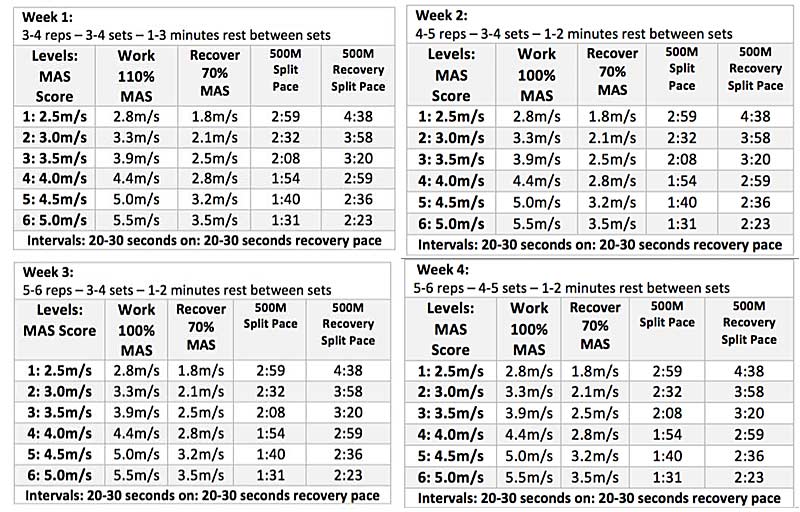
120% Eurofit (Anaerobic)
Completing the long intervals and the 110%:70% grid after 4–8 weeks of each phase will give us a strong aerobic base and the ability to sustain bouts of exercise longer, which will lead us to introduce higher-intensity anaerobic-focused workouts.
One-hundred-twenty percent Eurofit is a great starting point after the grids, as the concept is simple and effective. It builds our anaerobic endurance to increase our MAS score and make our old MAS score feel 10–20% easier (and therefore, we can endure that pace longer). For example, if our old MAS score was 3 m/s and we increased it to 3.5 m/s, we would be able to hold a 3 m/s pace for much longer because it’s now ~85% of our MAS. This will make the pace needed for the 5k Row test feel easier than before. This workout is also effective for stop-and-go sports like football and volleyball.
Instructions: Pick a level closest to your MAS score, then:
- Click on “Menu,” then select “Select Workout.”
- Then select “New Workout.”
- Select “Intervals,” and then select “Intervals: Time.”
- Set your intervals to the assigned interval time and your 500m split pace based on the level you’re using.
Complete the sets and reps as assigned. After completing four weeks, you can go to the next level, retest the MAS score, or move to one of the other workout options listed in this article.
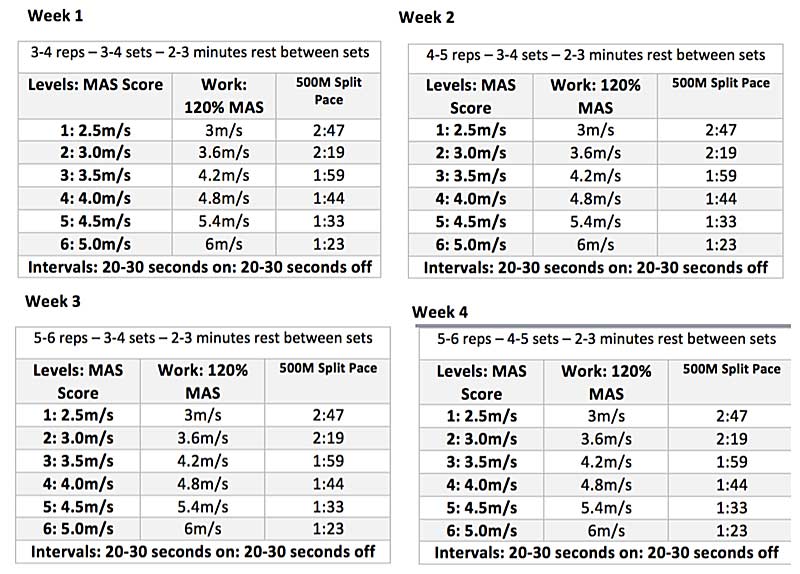
120% Tabata (Anaerobic)
At this point, you have been training for at least 12 weeks through three blocks of training and are ready for the highest intensity workouts to improve your anaerobic power and endurance. We use the Tabata method training 2:1 to train over 120% MAS and start getting into training “all out” time.
Having the aerobic base from the first two blocks will provide you with a shorter recovery time, and the adaption from the Eurofit will make you familiar with anaerobic work and not feel overwhelmed and exhausted too quickly. This workout option is to build upon the Eurofit but with more intensity and a shorter recovery time.
Instructions: Pick a level closest to your MAS score, then:
- Click on “Menu,” then select “Select Workout.”
- Select “New Workout.”
- Select “Intervals,” then select “Intervals: Time.”
- Set your intervals to the assigned interval time and your 500m split pace based on the level you’re using.
Complete the sets and reps as assigned. After completing four weeks, you can start over and go to the next level, retest your MAS score, or move on to another workout option listed in this article.
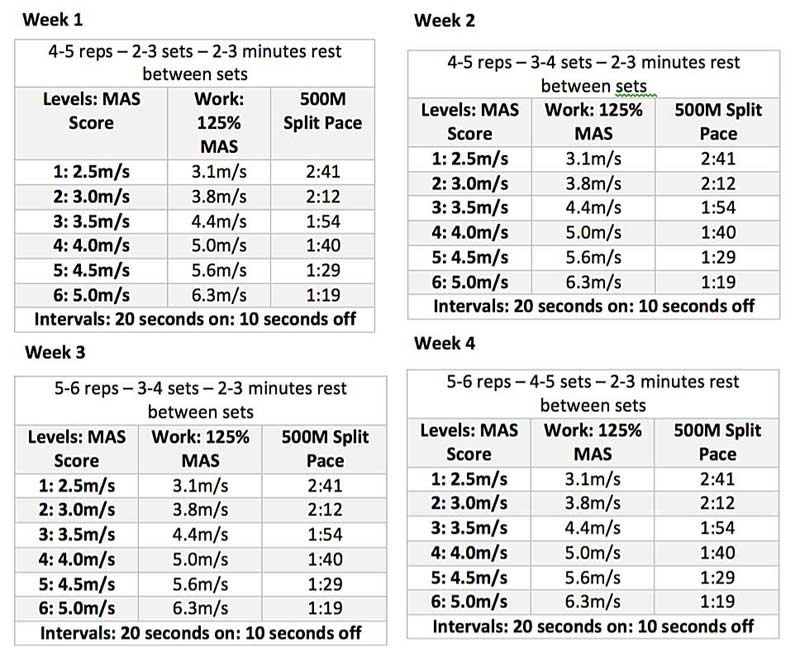
The workouts you see before you should provide a good guideline, simple progression, and effective training modality to easily pass the 5k Rower if you row 2–3x per week. Theoretically, you can program up to 16 weeks’ worth of workouts, giving you plenty of time to improve your aerobic fitness. These options are also great for athletes to get some non-impact conditioning, reduce the likelihood of overuse injuries, assist athletes in return-to-play scenarios to recover from injury, and build them back up to their aerobic and anaerobic fitness. If you’re personal training or gen pop, these workouts are great to improve your health and fitness safely and effectively without the risk of impact exercises like running. In short, these workouts can be utilized in multiple disciplines to improve aerobic and anaerobic fitness with a low impact on the body.
These workouts should provide a good guideline, simple progression, and effective training modality to easily pass the 5k Rower if you row 2–3x per week, says @Mccharles187. Share on XHaving four workout options, from aerobic to anaerobic, will provide opportunities to work on your specific energy system weakness and address it directly. The sets, reps, percentages, and times are all only suggestions, and you are welcome to manipulate them as you see fit based on your fitness level. Good luck and get after it.
Since you’re here…
…we have a small favor to ask. More people are reading SimpliFaster than ever, and each week we bring you compelling content from coaches, sport scientists, and physiotherapists who are devoted to building better athletes. Please take a moment to share the articles on social media, engage the authors with questions and comments below, and link to articles when appropriate if you have a blog or participate on forums of related topics. — SF


